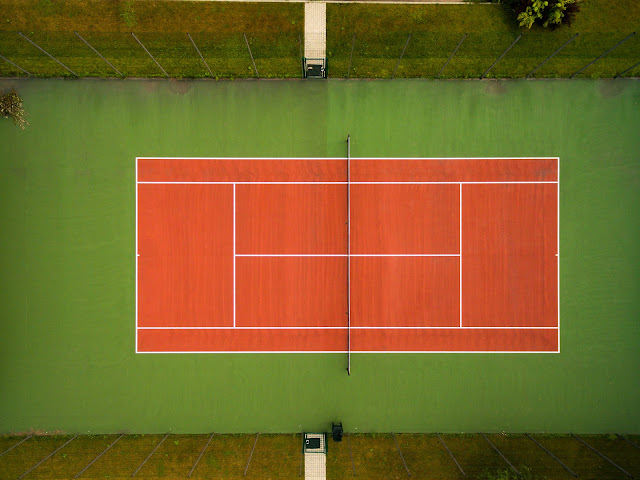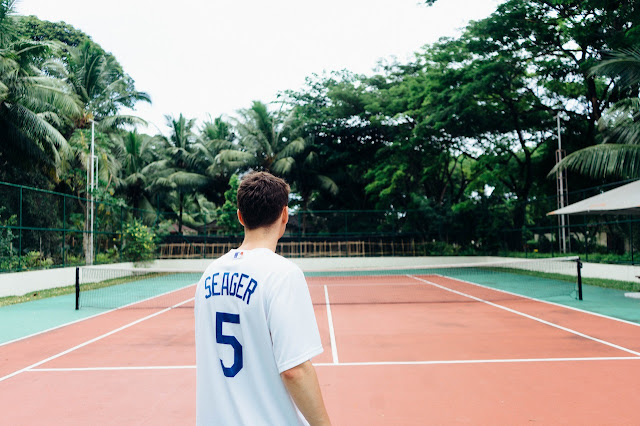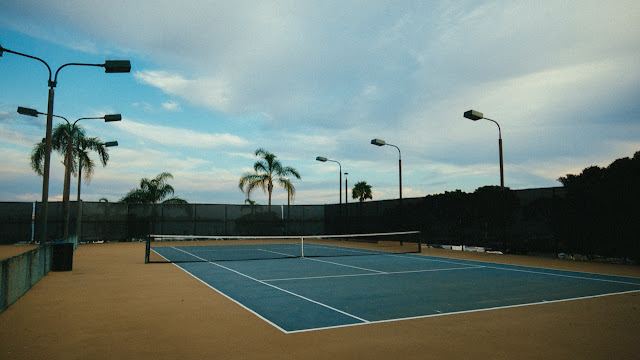3 Different Types of Courts for Home Tennis Enthusiasts
Most people that enjoy home tennis do it in their backyard. Others play at local parks or other open spaces with friends. But some choose to take it to a new level by playing competitively in organized leagues, tournaments, and matches. Whether you're just beginning or are an experienced player, there are different types of courts and rules that you need to know about if you want to get involved with competitive home tennis. There are three main court types used for competitive home tennis, each with its own set of rules and regulations. Here is a brief guide to the different types of courts used for competitive home tennis so you can start exploring your options today.
1) Natural grass
The best playing surface is natural grass, such as that seen at Wimbledon. For a quick game, nothing beats a natural grass court. Spending time outside enjoying the grass is a great feeling. Grass courts are notoriously challenging to construct and keep in good condition, so this is significant. As with a golf putting green, a natural grass court requires regular maintenance like mowing, fertilizing, weeding, etc.
2) Hard Courts
Customers who value low maintenance but also some of the durability and "give" of a soft court often choose Hard Courts with padding and an acrylic paint color system. To lessen the impact of the court's hard surface, numerous rubberized cushioning devices have been devised. Depending on the amount of sand used in the acrylic coatings, cushioned hard courts can have a moderate to rapid speed of play. The lack of upkeep for cushioned hard Tennis Court Cannibean is one of their primary selling points. Leaves and other debris can be removed by blowing or brushing, and the area can then be pressure cleaned as needed.
3) Clay Courts
Despite being commonly formed from crushed stone or brick, courts with this surface are often referred to as "clay" courts. Since the ball moves so slowly and bounces so high on clay courts, the matches tend to be less frenetic than those played on grass courts. Clay courts are great if you prefer matches where you and your opponent have plenty of time to plan your next move between each hit. The slower pace of play isn't the only way in which clay courts are different from grass courts; their low maintenance requirements are another distinct feature. Clay courts require less frequent maintenance than grass courts to stay clean and playable.
Conclusion
When deciding on a surface, you should take into account both the local climate conditions (especially for natural surfaces like grass or clay) and the site. Maintaining a natural grass or clay Padel Court Cannibean is going to be a lot more expensive than a synthetic surface in the long run. Investing in a surface that requires little upkeep and performs reliably throughout the year can have a major impact on the value of your home and, more importantly, your quality of life with your loved ones.



Comments
Post a Comment